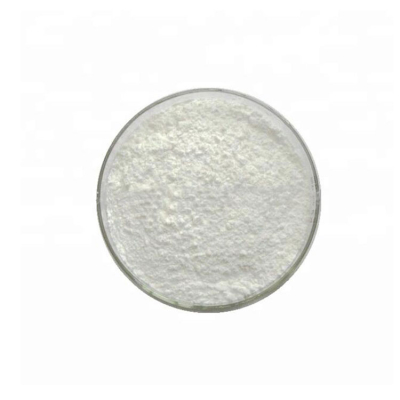Latest Developments in Acetic Acid Production
Latest Developments in Acetic Acid Production
Bioproduction Innovations: The biological production of acetic acid is gaining traction as a sustainable alternative. Techniques such as genetic engineering are being utilized to enhance yields and reduce production costs. Acetic acid can be produced via acetogenesis using inorganic substrates like CO2, which is a promising route for reducing greenhouse gas emissions while generating valuable chemicals. Recent studies indicate that the use of agricultural waste as a substrate is also on the rise, aligning with circular economy principles .
CO2 Conversion to Acetic Acid: A groundbreaking study has demonstrated the aqueous phase conversion of CO2 into acetic acid using a thermally transformed MIL-88B catalyst. This method not only addresses the urgent need to mitigate climate change by recycling CO2 but also produces acetic acid efficiently. The catalyst showed high activity and stability, achieving significant yields of acetic acid under optimized conditions .
Sustainable Routes for Production: Researchers are exploring various sustainable routes for acetic acid production, contrasting traditional chemical methods with low-carbon strategies. One innovative approach involves the conversion of biogas into acetic acid, which represents a circular economy route for chemical manufacturing. This biogas-based strategy aims to lower the environmental impact associated with conventional production methods .
Safety Considerations: As the production of acetic acid expands, safety remains a critical concern. The Chemical Safety Board (CSB) recently released a safety video addressing the risks associated with acetic acid releases, emphasizing the importance of safety protocols in industrial settings .




